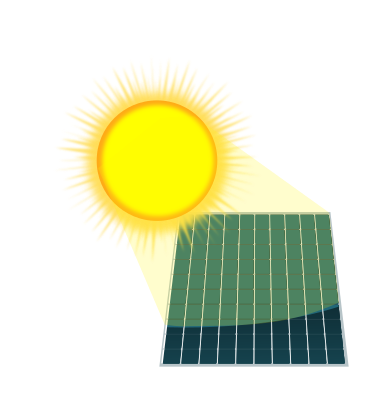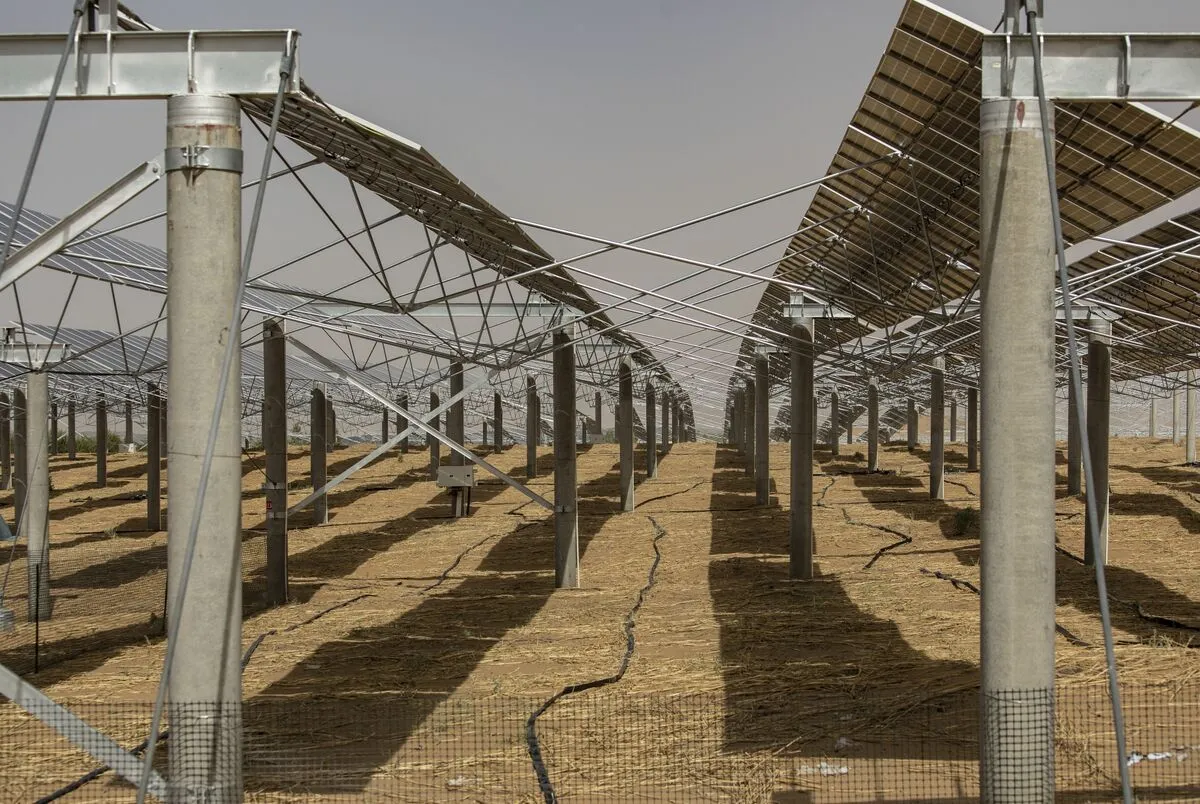- cross-posted to:
- evs@lemmy.world
Is anyone else actually worried? Revenue is actually down.
For years there has been insatiable demand for solar panels. The more the price decreases the more demand increases. Classic capitalism.
The growth has been exponential but is this beginning to show signs of slowing?
The problem is largely the grid is fucked, I guess everywhere but Texas and no one can get anything hooked up. Large solar plants are the superior option to local, and this is going to suppress demand. I guess the hope is prices drop so much that market inefficiency is overcome and people put panels on their houses.
Then the government can get fucked and actually fix the grid before the whole system comes crashing down. That or they will just outright ban solar connection to the grid which will really fuck everything. Either way is going to be unpopular for them so maybe they will care less about the NIMBY folks and just get shit done.
Removed by mod
Large solar stations are vastly better because they are cheaper and a much better use of limited resources.
Removed by mod
Not meaning to add anything super meaningful to the conversation.
I think its funny that for what feels like since the beginning of humans, we’ve been debating centralised solutions vs distributed solutions. Its like a universal constant source of debate and will probably still be discussed long after were all gone.
I just think that’s neat.
Removed by mod
I’d really like to know what really needs to be done on the grid to support a multitude of small local power producers.
My electrical knowledge isn’t up to the task and I’m not sure, if there are real technical limits/issues, or if it’s just a money problem to update/gix the gridThe main issue is that the grid was designed to go from a few large providers to a lot of small consumers. The equipment was designed with this, one way flow design, in mind.
Think of it a little like waterfalls. It’s easy to get water from a single source at the top of a hill, down to many ponds at the bottom. It’s far harder to get water from 1 pond to another.
In practice, this means that load balancing can be problematic. 1 area might have a glut of power. This sounds good, but it’s actually not. Without something drawing power, the voltage (and frequency) can climb. This can cause power spikes etc. This is why the wholesale price can sometimes go negative. The power plants are pushing too much power in, and can’t shut down fast enough. They actually pay companies to draw power, to keep the grid stable.
Conversely, other areas might have a sudden drop in capability. With a centralised grid, they can predict and balance this. With a highly localised grid, it can destabilise before they can correct. This will cause either a blackout, or a brownout event. Neither are good.
Basically, the grid needs to be adjusted to move power in ways it was never expected to have to move it. It will also need to react to faster changing supply or demand. Putting the equipment and cabling in to do this is slow and expensive.
This might not be the depth you want, but it might have some stuff.
Removed by mod
Thanks, I do get the basics. I would like to know, what technically needs to be done and what the real challenges are, to make to grid more flexible.
“Updating hardware” is not the in depth answer I was looking for ;-)Removed by mod
No need for an apology. Thanks for the explanation!



